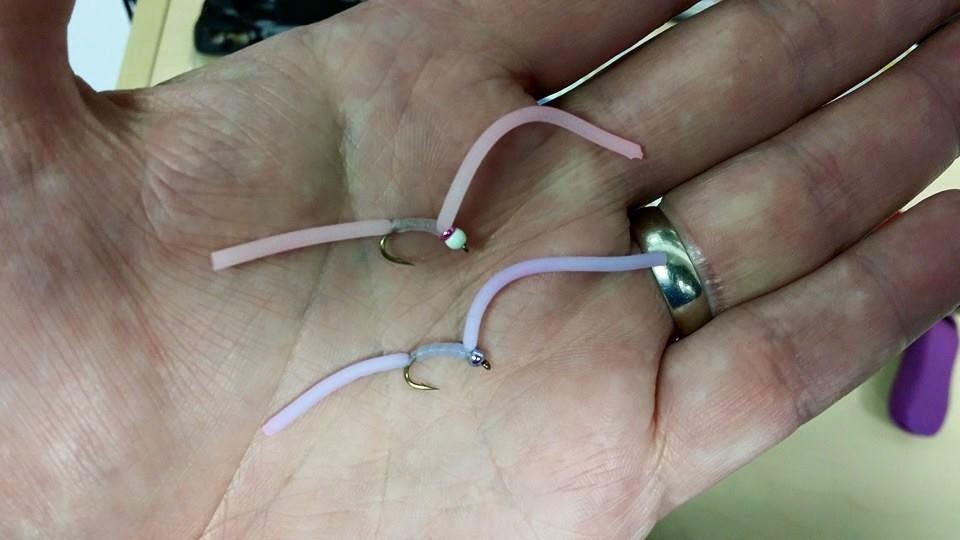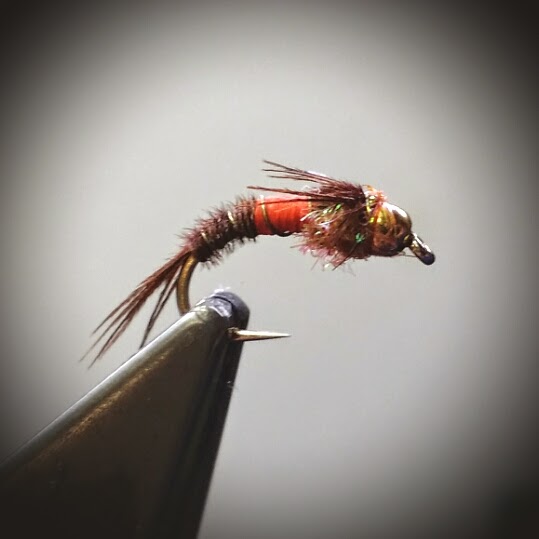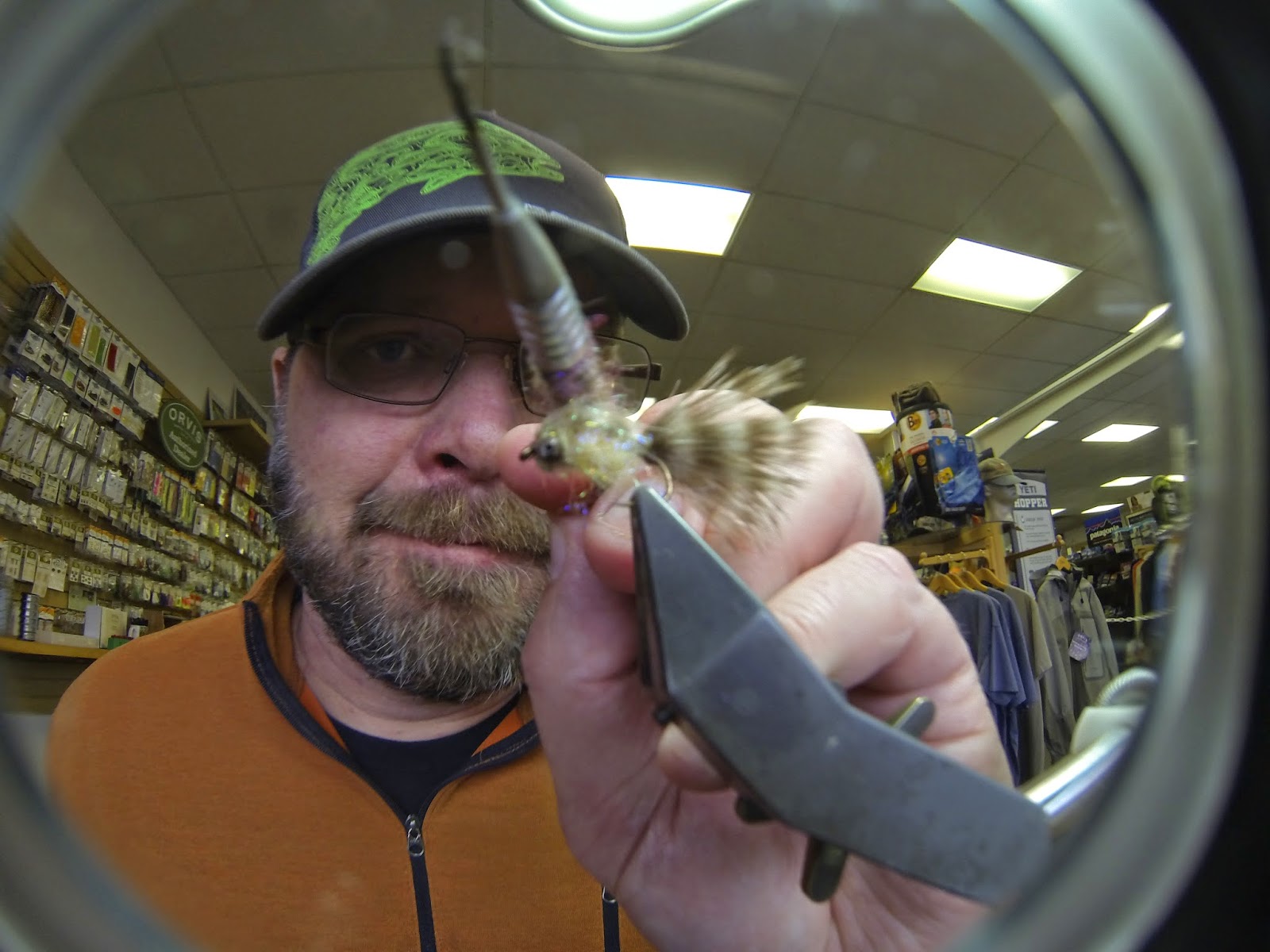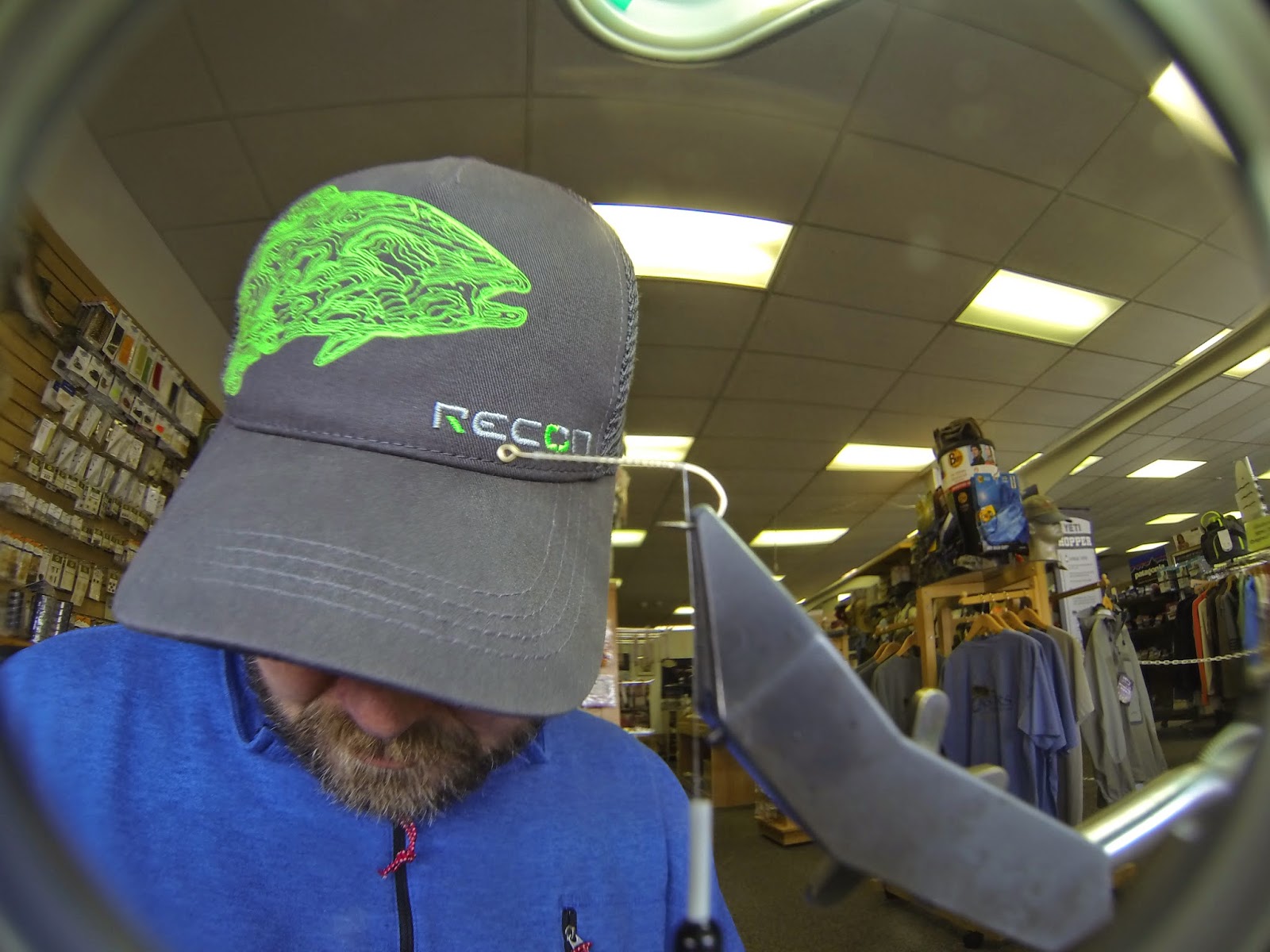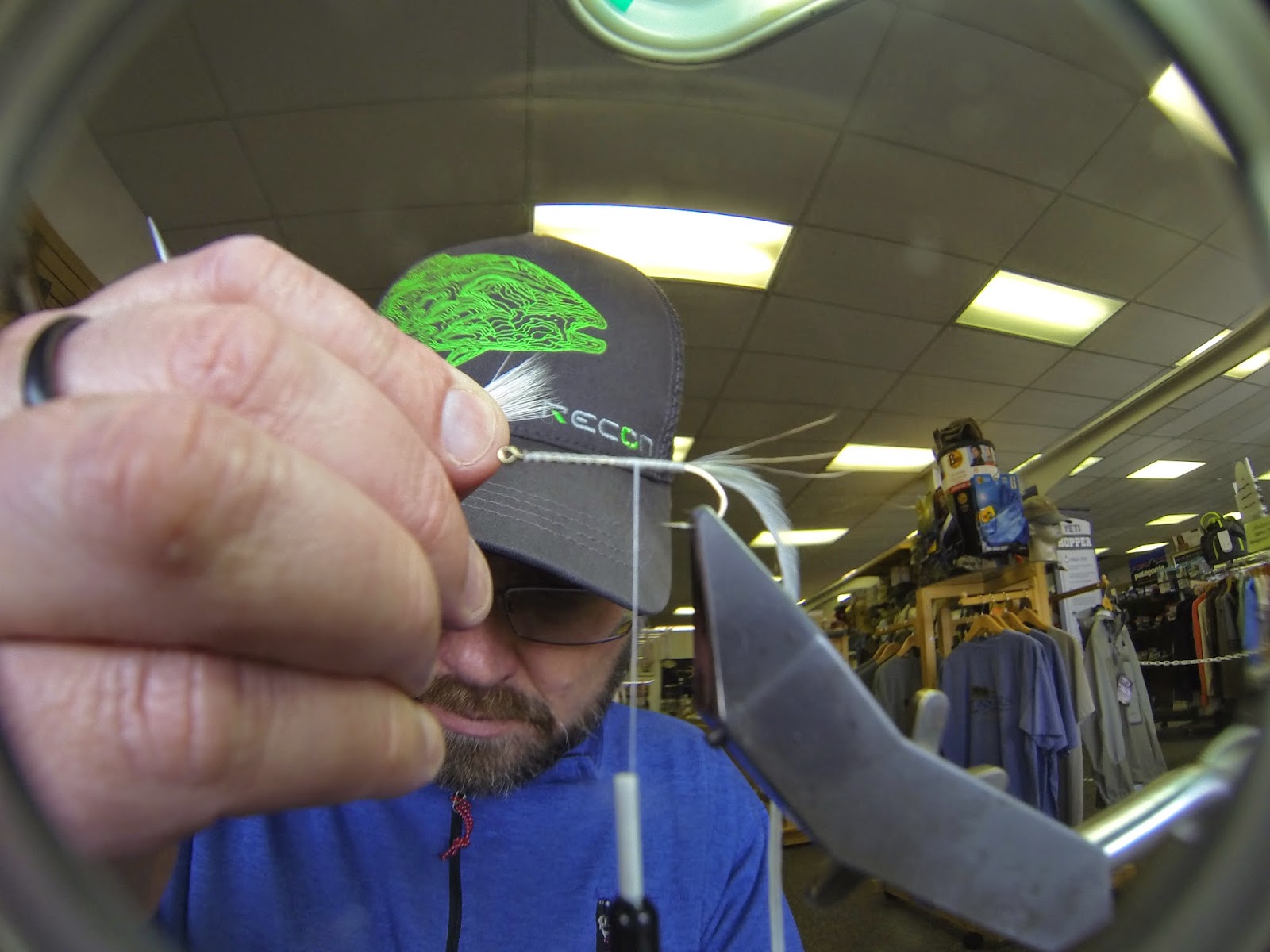There is a plethora of patterns that can be used for trout during the late winter/early spring in the mid-Atlantic/southeast US. It is the time of the year that many different aquatic insects are scurrying about along our freestone river/spring creek bottoms while few are fluttering about. BWO's, midges and little winter black stones are the primary insects we see on a day to day basis but we're about to transition into a period of a multitude of insects, like early black stones, larger BWO's, March browns, crane flies and grey caddis, to name a few. Water temps are still on the marginal side so most of our productive flies will be subsurface. With the exception of tailwaters, the hatches on most of our freestone streams are sporadic at best; therefore, surface action is usually minimal. I said usually for those skeptics.
That being said, we only need to have less than a dozen patterns of varying sizes in our boxes at any given time. Below are a few productive patterns that will help bring more fish in the net.
 |
| Hise's Hetero-genius Nymph has proven to be productive since 1991 and it covers the attractor/imitator realm (sz. 14-18) |
 |
| Edward's Little Winter Black Stonefly covers the smaller late winter/early spring stonefly nymphs realm (sz. 12-18) |
 |
| BH Hare's Ear is a great imitation of the lighter bodied spring insects that are soon to come; hendrickson's, March browns, caddis and crane flies (sz. 8-16) |
 |
| Squirmito- the Original Squirmy Wormie is a great imitation of the Tubifex tubifex worms that are found in the silty waterways of the southeast |
 |
| Quasimoto Pheasant Tail covers the multitude of baetis and darker bodied mayflies that are so prevalent in the spring (sz. 12-18) |
 |
| Tunghead Zebra Midge works all year but is particularly productive in the winter and spring when the midge s are so prevalent (sz. 20-24) |
 |
| Y2K Egg Fly is productive throughout the year because plain and simple we like eggs and trout like eggs (sz. 12-14) |
 |
| Camden's Baetis is a great little pattern that covers the realm of tiny baetis, midge larva and even little winter stones (sz. 18-20) |
 |
| Hise's Ooey Gooey Grub is a great pattern for imitating caddis larva, bee larva, wasp larva and cranefly larva (sz. 8-14) |
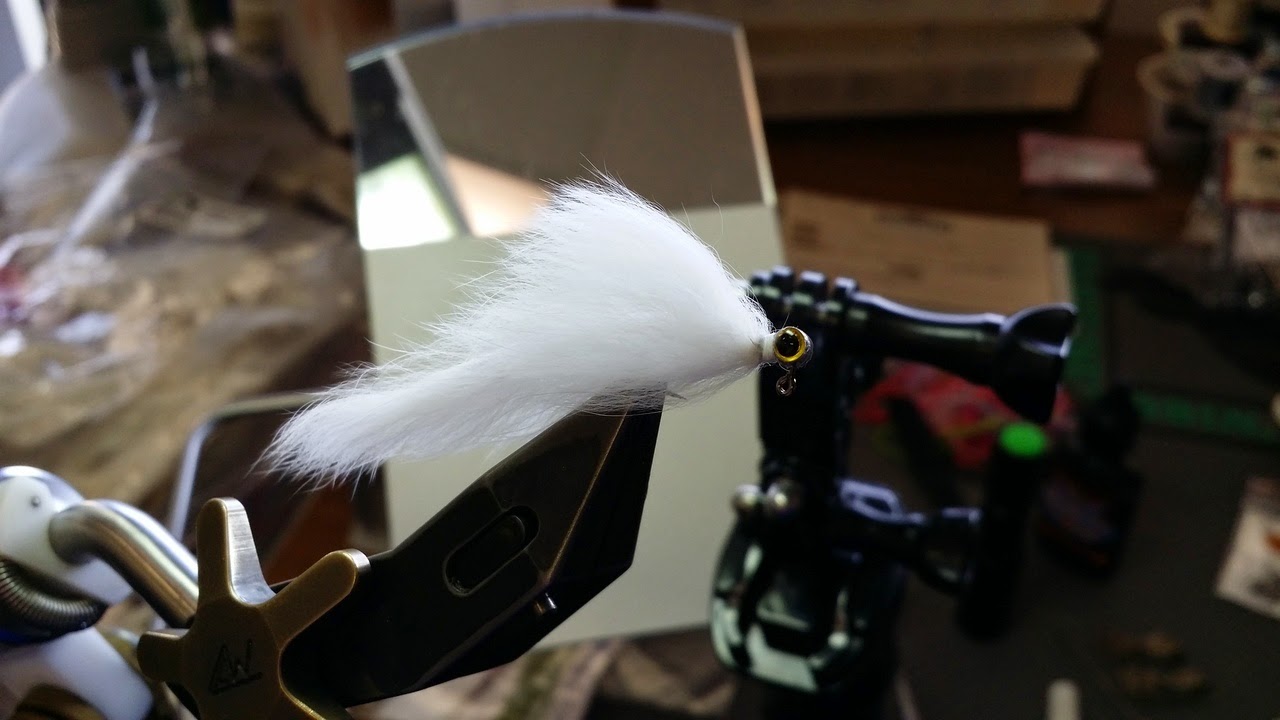 |
| Gettin' Jiggy Wit' It catches a lot of big fish in any water condition |






